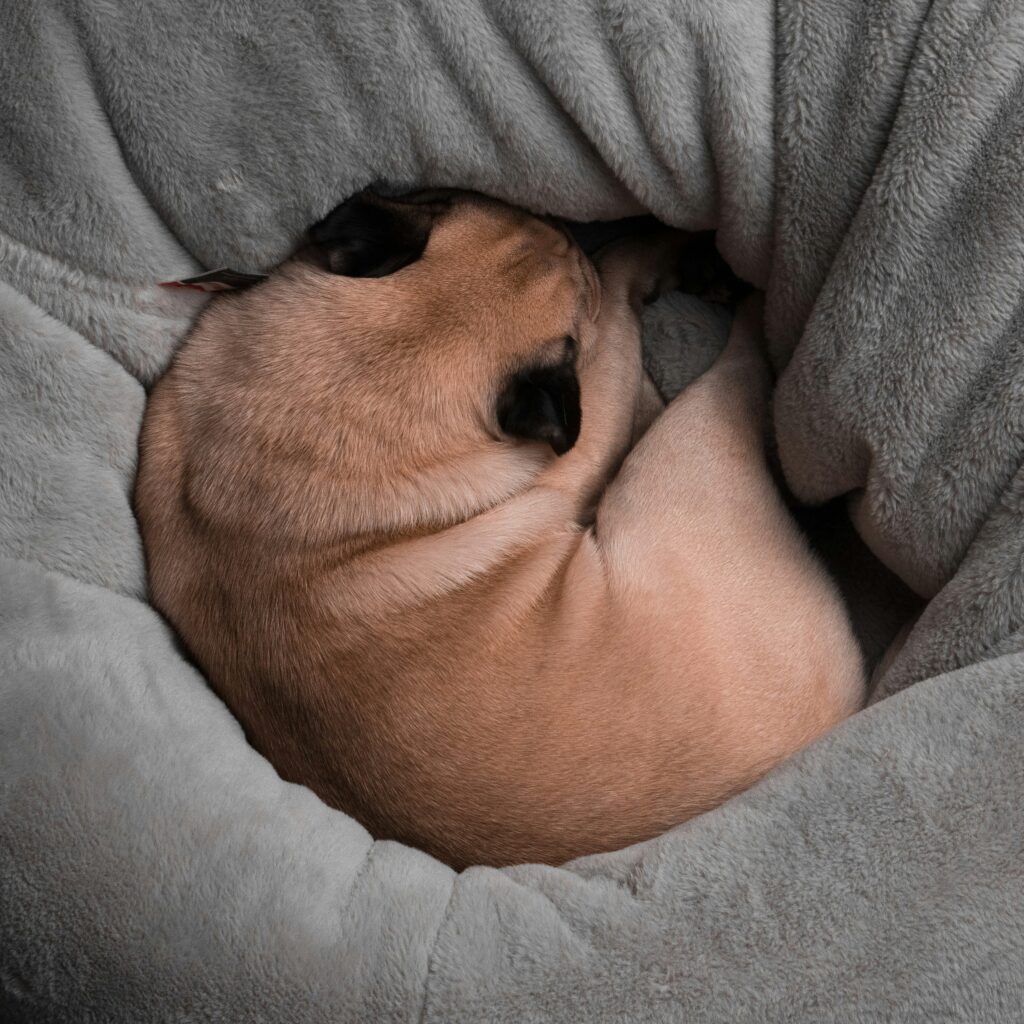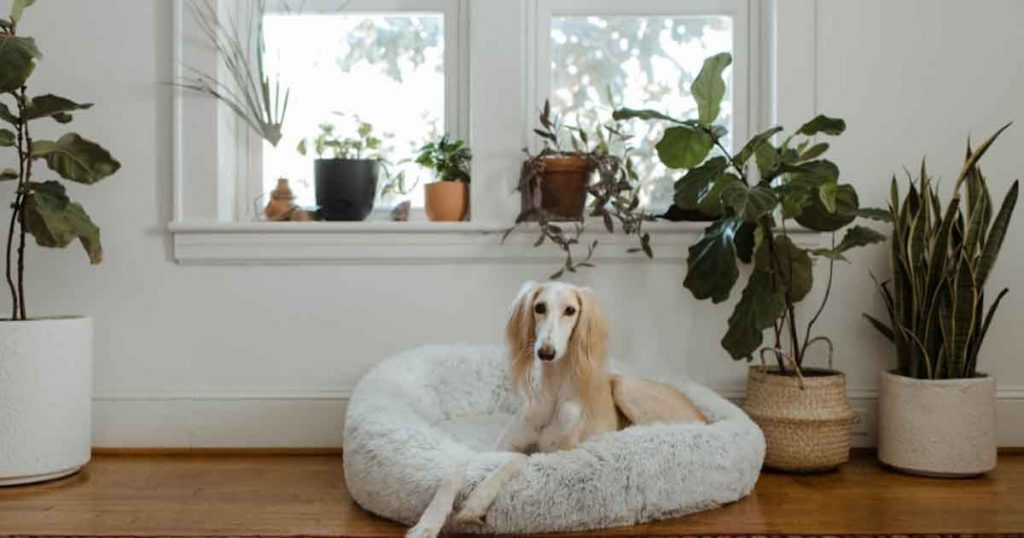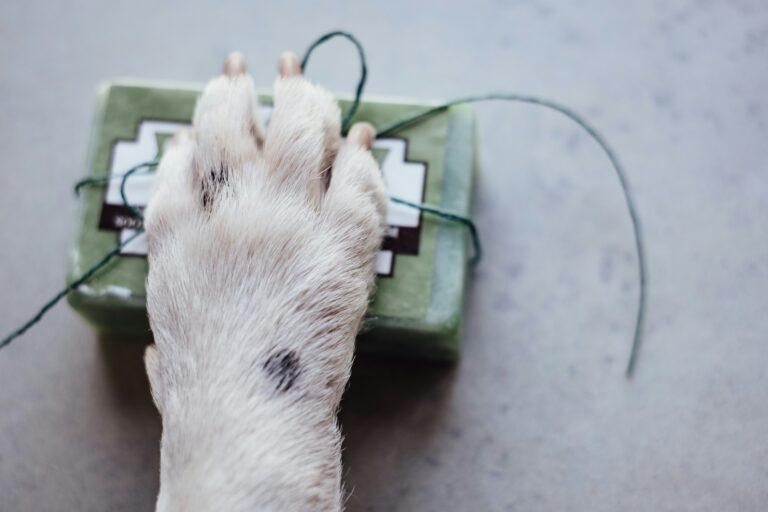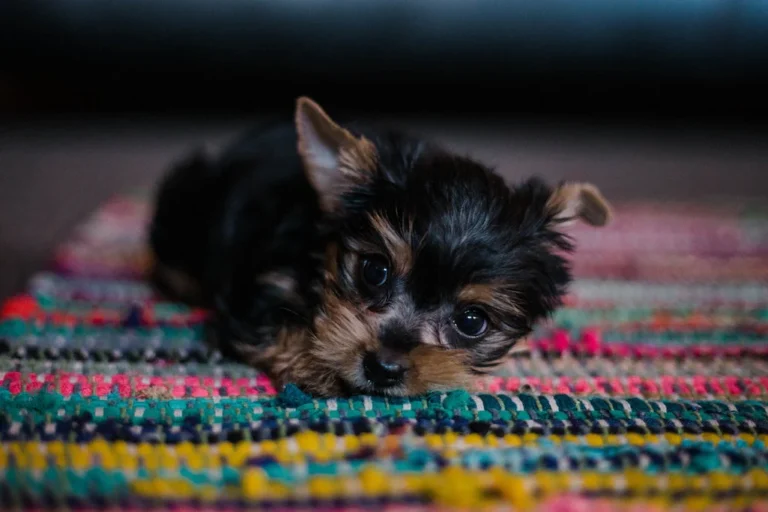In the everyday hustle and bustle of life, everyone craves a safe haven, a cozy corner to relax and rejuvenate. This is no different for your small dog. This post takes you through “Snuggle Up: Cozy Corners for Small Dogs – Transforming Your Home into a Safe Haven for Your Furry Friend”. 🏡🐾

Often underestimated, the environment in which your petite pet lives significantly influences their behavior, health, and overall happiness. The forthcoming sections will share ideas and tips on designing a secure, comfortable, and dog-friendly space within your home. We’ll also delve into the best doggy furniture, toys, and accessories that can make your home an inviting paradise for your pooch. 🛋️🐶
By the end of this post, you’ll be equipped with a myriad of dog-friendly home design ideas and understand why a safe, comforting, and stimulating environment is crucial for your small dog. The process of transforming your home doesn’t have to be overwhelming, but instead, it can be a fun, rewarding project that strengthens the bond between you and your furry friend. 🏠💖🐕🦺 So, let’s embark on this journey to create a cozy corner for your small dog.
Understanding Your Dog’s Needs
Dogs, especially the smaller breeds, require a safe and secure environment in which to thrive. The space must be adapted to their size and needs to ensure they feel comfortable and protected. This transformation involves understanding their unique needs, including their physical, mental, and emotional requirements.
For instance, your dog’s size influences its physical needs. Smaller dogs may require a cozy corner that is proportionate to their size to feel secure. Their mental and emotional needs are influenced by their temperament and behavior, which are often breed-specific. An anxious dog, for example, may benefit from a safe haven that provides a sense of security and calm.
Moreover, their overall health and age may also dictate the kind of modifications needed in the house. Elderly dogs or those with mobility issues may need easy access to their safe haven, with limited climbing or jumping.
Size and Space Considerations
It is essential to consider the size and layout of your living space. Smaller dogs do not require as much space as larger breeds, but they still need enough room to move around and play. The area should be large enough for their bed, food and water dishes, toys, and perhaps a small crate or kennel for added security. However, be careful not to overwhelm your pet with too much space, as it might make them feel insecure.
Lighting Considerations for Canine Comfort
Lighting may seem like a minor detail when creating a dog-friendly space, but it can significantly impact how secure and relaxed your small dog feels in their cozy corner. Natural light is generally beneficial, as it helps regulate your dog’s internal clock and promotes overall well-being. However, it’s important to ensure that the area is not overly exposed to harsh sunlight, which can overheat the space or create discomfort.
During nighttime hours, avoid placing your dog’s safe zone in areas that are either completely dark or exposed to excessive artificial light. A dimmable lamp or soft night light can create a sense of calm, especially for dogs that may suffer from anxiety or separation stress. Dogs, like people, respond to ambiance, and proper lighting helps create an environment that promotes rest and relaxation.
Ventilation and Air Quality
Ventilation is another critical factor in designing a haven for your dog. Proper airflow keeps the area from becoming stuffy or uncomfortable and can also prevent the buildup of odors, moisture, or allergens that could affect your dog’s health. Avoid placing your dog’s space directly under vents or air conditioning units, as the direct flow of air may be too strong or too cold for small breeds.
Clean, fresh air is essential. If possible, choose a spot near a window that can be cracked open during mild weather. Consider using an air purifier with a pet-specific filter to help eliminate dander, fur, and airborne particles, especially if your small dog has respiratory sensitivities or you live in an urban area with poor air quality.
Furniture and Structural Features
Incorporating pet-friendly furniture and structures in your dog’s space can elevate their sense of comfort and belonging. Pet-sized sofas, padded benches, and enclosed dog houses designed for indoor use can become perfect additions to your home décor while serving a practical purpose for your pet. Many pet owners are now choosing miniature versions of their own furniture styles, including mid-century modern, rustic farmhouse, or minimalist designs.
You may also consider creating built-in nooks or alcoves that blend seamlessly into the home’s architecture. Under-the-stair spaces, corners of sunrooms, or unused closet areas can be transformed into luxurious retreats with a bit of creativity. Add cushioning, soft lighting, and wall décor to turn a forgotten corner into a sanctuary tailored specifically to your furry companion.
Textures and Sensory Appeal
Dogs experience their world through their senses, so adding various textures and materials to their space enhances its appeal. Soft, plush fabrics are ideal for bedding, while fleece throws or sherpa-lined cushions provide additional warmth and coziness. For dogs that enjoy digging or nesting, include layers of blankets or soft mats they can rearrange to suit their preferences.
Adding a sensory element like a soft rug or padded mat beneath their bed also helps insulate against cold floors and reduces noise. Tactile variety isn’t just about comfort—it also contributes to emotional well-being. Just as humans enjoy different textures for comfort, dogs may find joy in snuggling into something that feels just right.
Incorporating Personalized Decor
Personalizing your dog’s cozy corner adds a touch of love and can make the space feel truly theirs. Framed photos, name plaques, or custom art featuring your dog’s likeness can add charm without compromising function. Personalized items also help integrate the space into your home’s overall aesthetic, making it feel intentional rather than like an afterthought.
You can also consider adding a calendar or whiteboard to track feeding times, medication schedules, or grooming reminders. These functional design elements help keep you organized and ensure your dog’s needs are met consistently.
Creating a Calming Routine in Their Space
Once you have designed the ideal physical space for your small dog, it’s important to reinforce it with positive routines that establish their cozy corner as a safe, enjoyable retreat. Use the space for calming activities such as quiet chew time, post-walk relaxation, or nap sessions. Avoid using the area for time-outs or discipline, as this can create negative associations.
Routine plays a large role in how secure a dog feels. Returning to the same spot every day to rest or wind down gives your dog predictability, which is especially important for breeds that are prone to anxiety or overstimulation. Offer treats or praise when your dog chooses to go to their space voluntarily, encouraging them to use it on their own.
Multi-Dog Households and Shared Spaces
If you have more than one dog in your household, creating separate cozy corners is ideal whenever space allows. Even bonded pets may prefer their own space to retreat to when they want alone time. For small homes or apartments, consider using dividers or elevated platforms to provide individual areas within a shared room.
Each dog’s cozy corner should reflect their personal preferences. Some may prefer enclosed crates for den-like security, while others may choose an open pillow bed with a view of the room. Pay attention to their habits and preferences, and adjust the space accordingly to avoid tension or competition.
Considerations for Puppies and Aging Dogs
Designing a space for a puppy differs from setting up a haven for an older dog. Puppies may need chew-resistant bedding, easy-to-clean surfaces, and more stimulation in the form of toys and textures. Their safe haven should also be fully enclosed if you are in the process of house training.
On the other hand, senior dogs may benefit from orthopedic beds, memory foam mats, or low-entry furniture that supports their joints. Place water and food bowls nearby for convenience if mobility is limited. Accessibility is crucial for aging dogs, and a cozy corner with minimal barriers can become their favorite spot to rest and recharge.
Noise Sensitivity and Soundproofing
Small dogs are often more sensitive to sound than their larger counterparts. Thunderstorms, fireworks, and even loud voices can be overwhelming and cause significant stress. Designing a space with some degree of soundproofing can be a game-changer for noise-sensitive pets.
Use thick curtains, acoustic panels, or even foam padding behind decorative wall coverings to minimize noise. A covered crate or padded dome bed can serve as a mini sound shelter, helping your pet feel safe during stressful situations. White noise machines or calming music designed specifically for dogs can also mask disruptive sounds.
Travel-Friendly Cozy Spaces
Some pet owners may prefer to have a portable cozy space that can travel with them. Whether you’re visiting family, staying at a hotel, or going on a road trip, bringing familiar items from your dog’s safe haven can ease transitions and reduce anxiety.

A foldable crate with a familiar blanket, a travel-sized version of their bed, and their favorite toy can recreate the comfort of home in a new environment. Many companies now offer compact, travel-ready accessories specifically designed for small dogs. Planning ahead ensures your pup feels secure even when they’re far from their regular spot.
Temperature Control
Temperature control is crucial to ensure your dog’s comfort, especially for small dogs who are prone to feeling the cold. Keep the space warm during winter months and cool during the summer. You could use a heating pad or a cooling mat depending on the season.
Safe Haven: Making it Safe and Secure
Safety is paramount when designing a cozy corner for your small dog. This entails eliminating potential hazards, ensuring the space is escape-proof, and considering factors like noise and light.
Eliminating Potential Hazards
Remove any small objects that your dog could potentially choke on, or harmful substances that they could ingest. Also, ensure there are no sharp edges or corners that could harm your dog.
Escape-Proofing
Ensure your dog can’t escape from their cozy corner. This might involve installing a pet gate or using a playpen to create a secure boundary. However, ensure your dog can still see out of their space to prevent feelings of isolation.
Noise and Light Considerations
Small dogs can be sensitive to noise and light. Therefore, consider the location’s noise levels and how much natural light it gets. You may need to use blackout curtains or white noise machines to create the ideal environment.
Incorporating Enrichment Activities
Enrichment activities are an essential aspect of your dog’s cozy corner. These activities can include toys, puzzles, and chews that engage your dog’s senses and stimulate their mind.
Interactive Toys
- Dog puzzle toys
- Chew toys
- Squeaky toys
Comfort Objects
Some dogs take comfort in certain objects, such as a favorite blanket or a piece of clothing that smells like their owner. Include these items in their cozy corner for added comfort and security.
Maintaining Your Dog’s Cozy Corner
Maintaining your dog’s space is crucial for their health and wellbeing. This includes regular cleaning, replacing worn-out items, and observing your dog’s behavior to make any necessary adjustments.
Cleaning and Sanitation
Maintain cleanliness in your dog’s corner by washing their bedding regularly and disinfecting toys and feeding bowls. This will help prevent the build-up of bacteria and parasites.
Monitoring and Adjusting
Observe your dog’s behavior in their cozy corner. Are they comfortable? Do they use all the space and amenities provided? Adjust the elements based on your observations to ensure your dog’s ongoing comfort and security.
Remember, transforming your home into a safe haven for your small dog is not a one-size-fits-all process. It requires a deep understanding of your furry friend’s unique needs and preferences. By considering these factors and making the necessary adjustments, you can create a cozy corner that provides your small dog with a safe, comfortable, and stimulating environment.
Conclusion
In conclusion, “Snuggle Up: Cozy Corners for Small Dogs – Transforming Your Home into a Safe Haven for Your Furry Friend” provides invaluable insights into creating a safe, comfortable space for our small furry friends. The article highlights the importance of considering your pet’s needs and preferences while designing their cozy corners. Remember, comfort, safety, and accessibility are the key factors that determine how much your pet will love their new haven.
From choosing the perfect bed to deciding the optimal location, every detail matters. This includes ensuring the space is free from hazards and distractions that can stress your pet. Moreover, incorporating your pet’s favorite toys or blankets can make the space more inviting.
The article is a treasure trove of practical tips and ideas for pet parents who want to provide the best for their small dogs. It emphasizes the importance of considering your home’s layout and your pet’s habits in creating an appealing, safe, and comfortable corner for them.
Ultimately, creating a cozy corner for your small dog is about understanding and catering to their unique needs and preferences. This not only strengthens the bond between you and your pet but also contributes to their overall well-being. So, snuggle up and start transforming your home into a perfect haven for your furry friend. 🐾🏡



